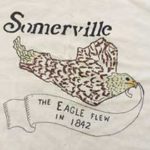
Eagle Feathers #189 – The Home Front
By Bob (Monty) Doherty
On December 7, 1941, the Empire of Japan attacked American Naval and Army bases at Pearl Harbor in Hawaii. It launched America into a two-front war with Japan and Germany that would change the country forever. America, the Sleeping Giant, had been treacherously awakened. Suddenly, she had to re-tool from her peaceful pursuits into an all-out war industry.
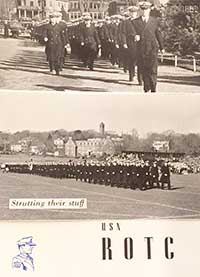
Overnight, citizens of Somerville, like every other city and town, had to learn a new fearful phraseology which included terms like search lights, black-outs, air raids, evacuation, and invasion. At the war’s outbreak, Somerville was a bedroom community of Boston with her population at an all-time high of over 106,000. That population was never again matched. Today’s population is nearly 82,000.
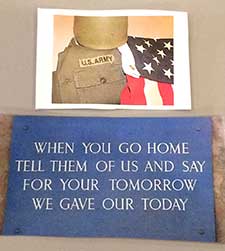
The area’s war-time industry exploded with largest company workloads intensifying to three shifts, 24 hours a day, seven days a week. Many working men and woman from all over New England and northern New York came to aid in greater Boston’s shipyards and factories. They only wanted a roof over their head, a warm meal, and a place to sleep between work shifts. Somerville housed its share. Brass hammock hooks still adorn hallways and large closets in some homes. They are reminders of the wartime population and where some of them slept.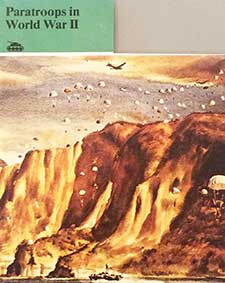
In 1942, Somerville was too preoccupied in the war to celebrate its own 100th birthday. Plans for the celebration were cast aside as the city suddenly transformed from a peaceful place into one that concentrated almost fully on the war effort. 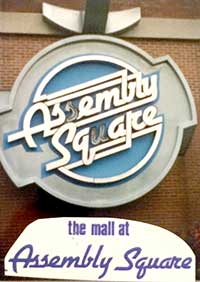
- Assembly Square went from making automobiles to making universal carriers which were nearly the size of the tank and carried troops, weapons, and supplies.
- H.K. Porter, Inc. was on the shore of the Mystic River where today’s Assembly Row is located. They made barbed wire cutters that were used in all major invasions.
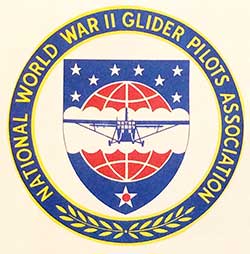
- In Union Square, furniture companies made glider airplanes for the Army.
- Park Street’s Peter Forg Company re-geared to make military parts, including trench helmets.
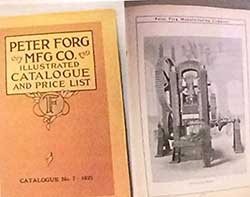
- Somerville’s slaughterhouses and food warehouses helped feed the military throughout the war.
- Tufts University, trained hundreds of students for the Reserve Officers Training Corps.
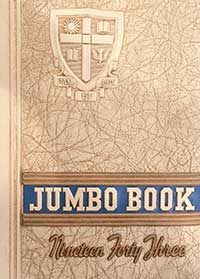
During these difficult times, sacrifices were made and rationing was foremost. Ration books were issued for butter, meat, eggs, milk, tea, cheese and vegetables. Residents responded by planting their own Victory Gardens. Added to the ration list was rubber, oil, gasoline, tires, and nylon that was used for parachutes. This rationing created tough times, but residents mended, made do, patched and repaired.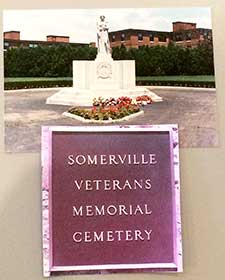
They did this willingly for the thousands who served, the many who were injured, and above all, the 409 Somerville soldiers and sailors who gave their lives.















Reader Comments